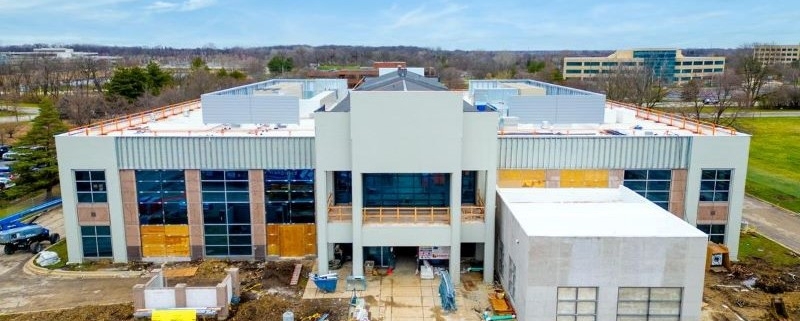From Cubicles To Cancer Treatment: Converting Office Spaces Into In-Demand Healthcare Facilities
Conversion projects don’t come without significant challenges. When transforming an office into a healthcare facility, the building will likely need new utility services, mechanical, electrical and plumbing infrastructure, and vertical transportation modifications, at a minimum. How quickly and easily these changes can be made depends on the existing structure of the building.




